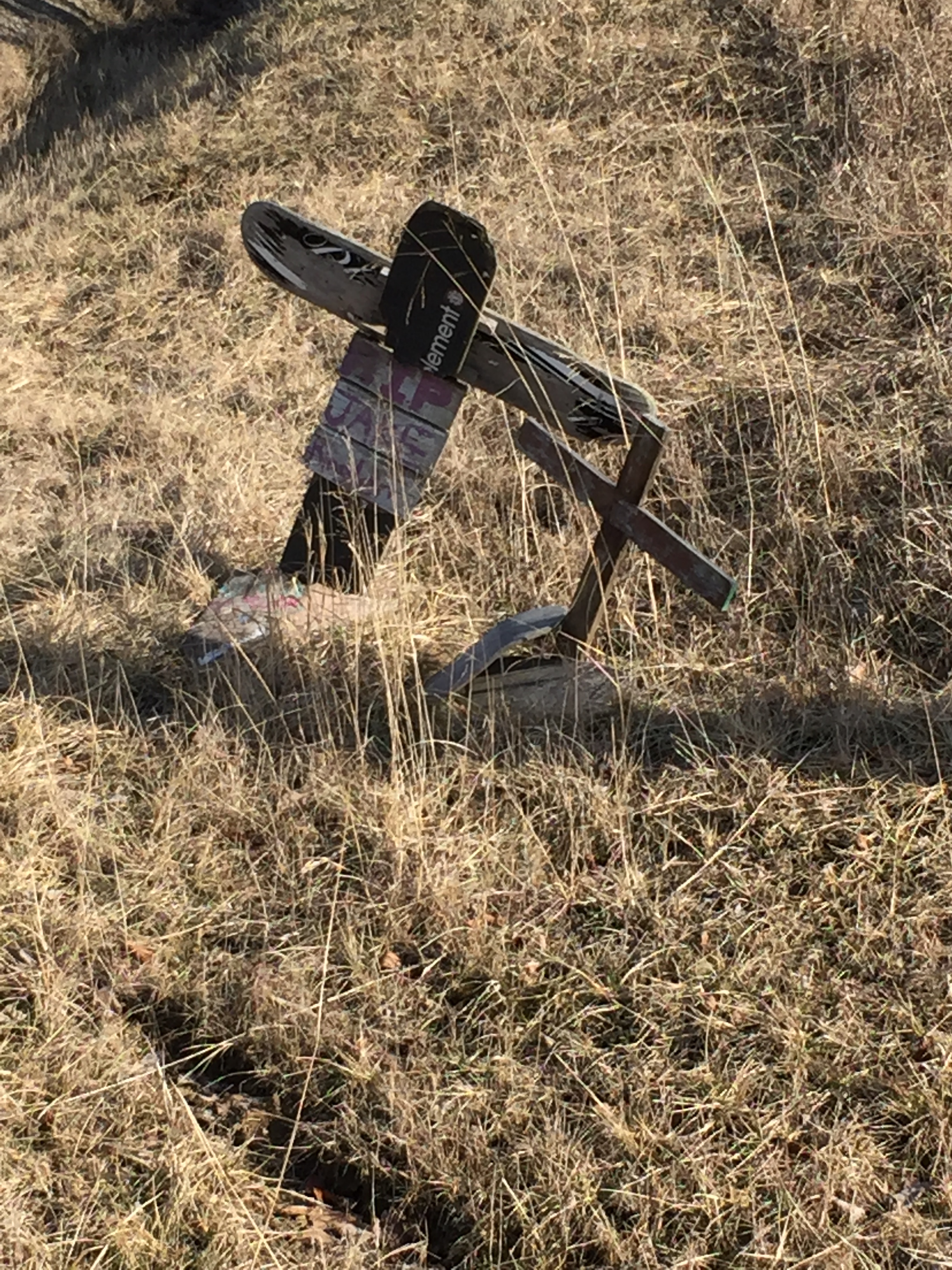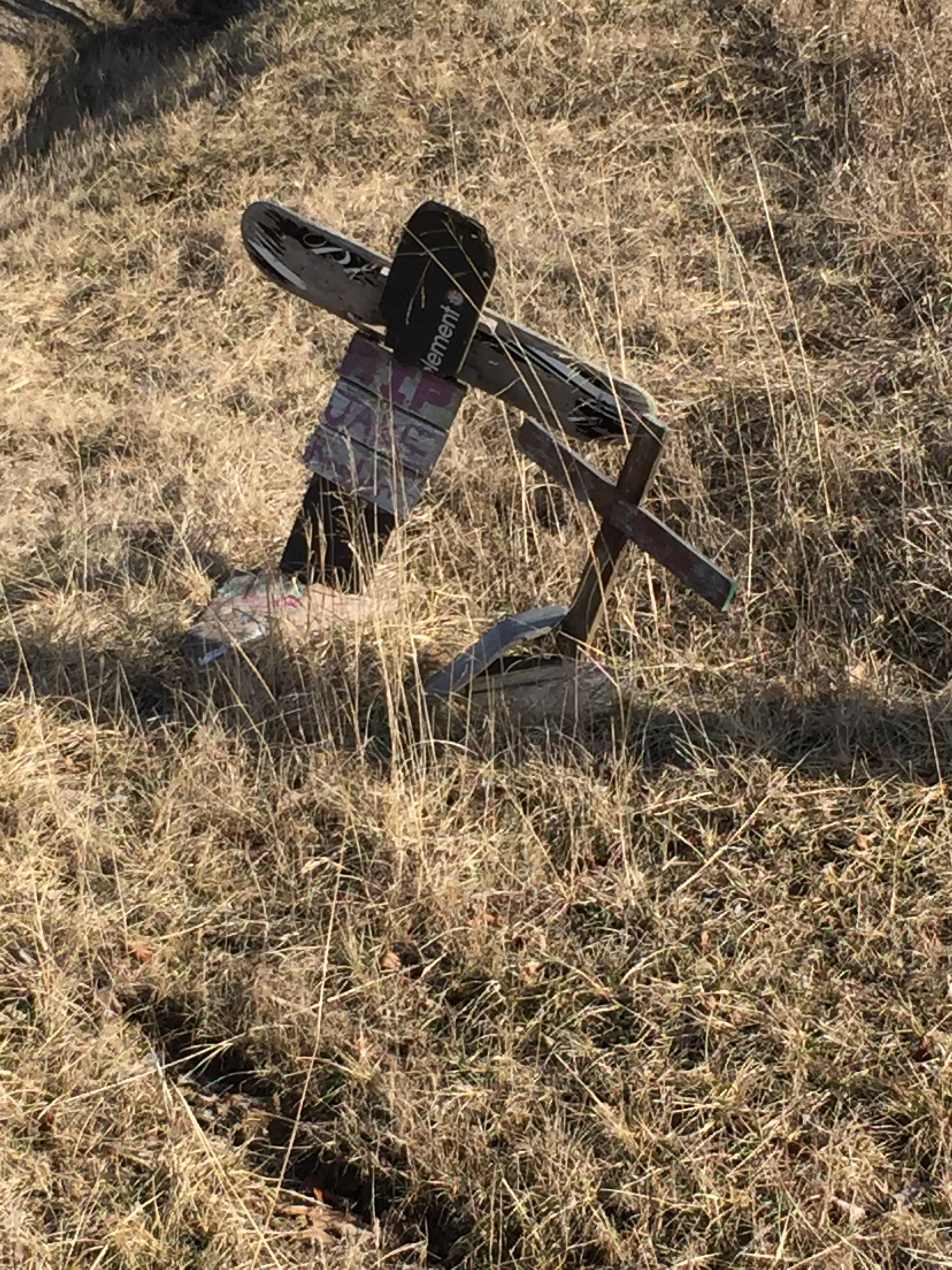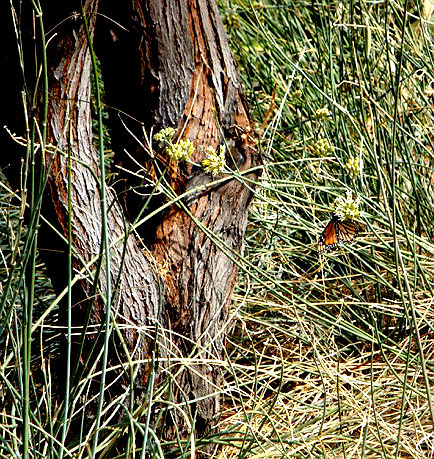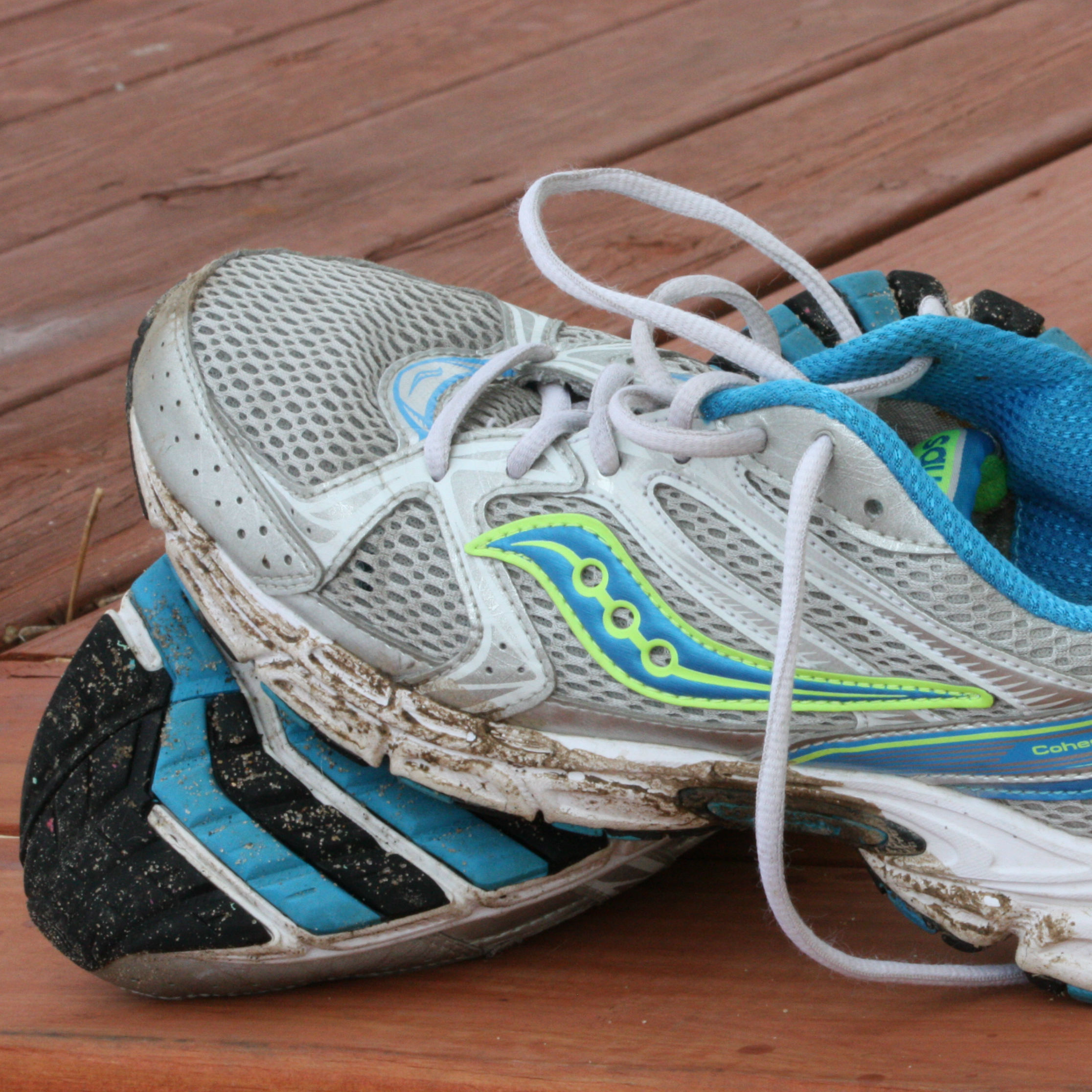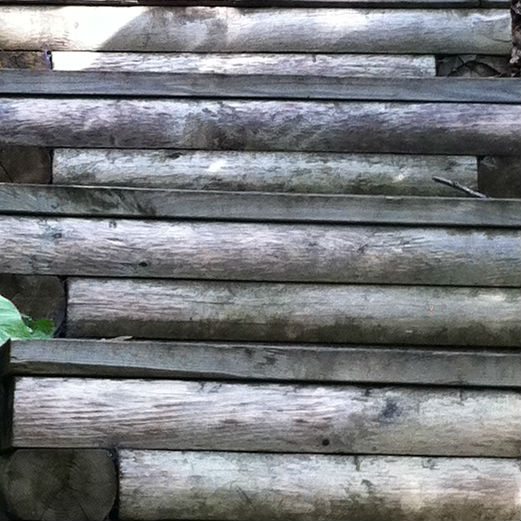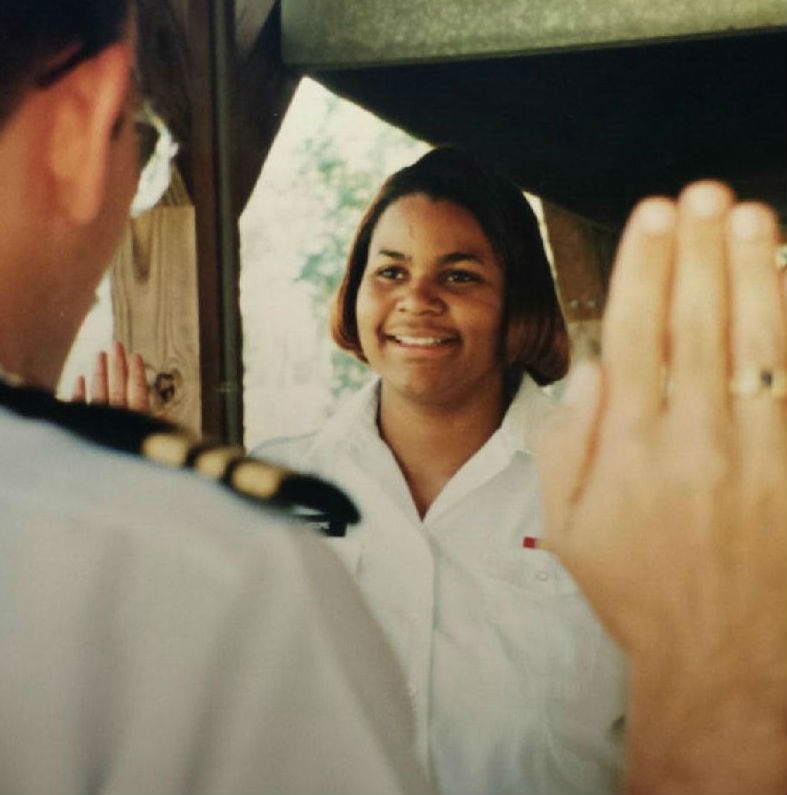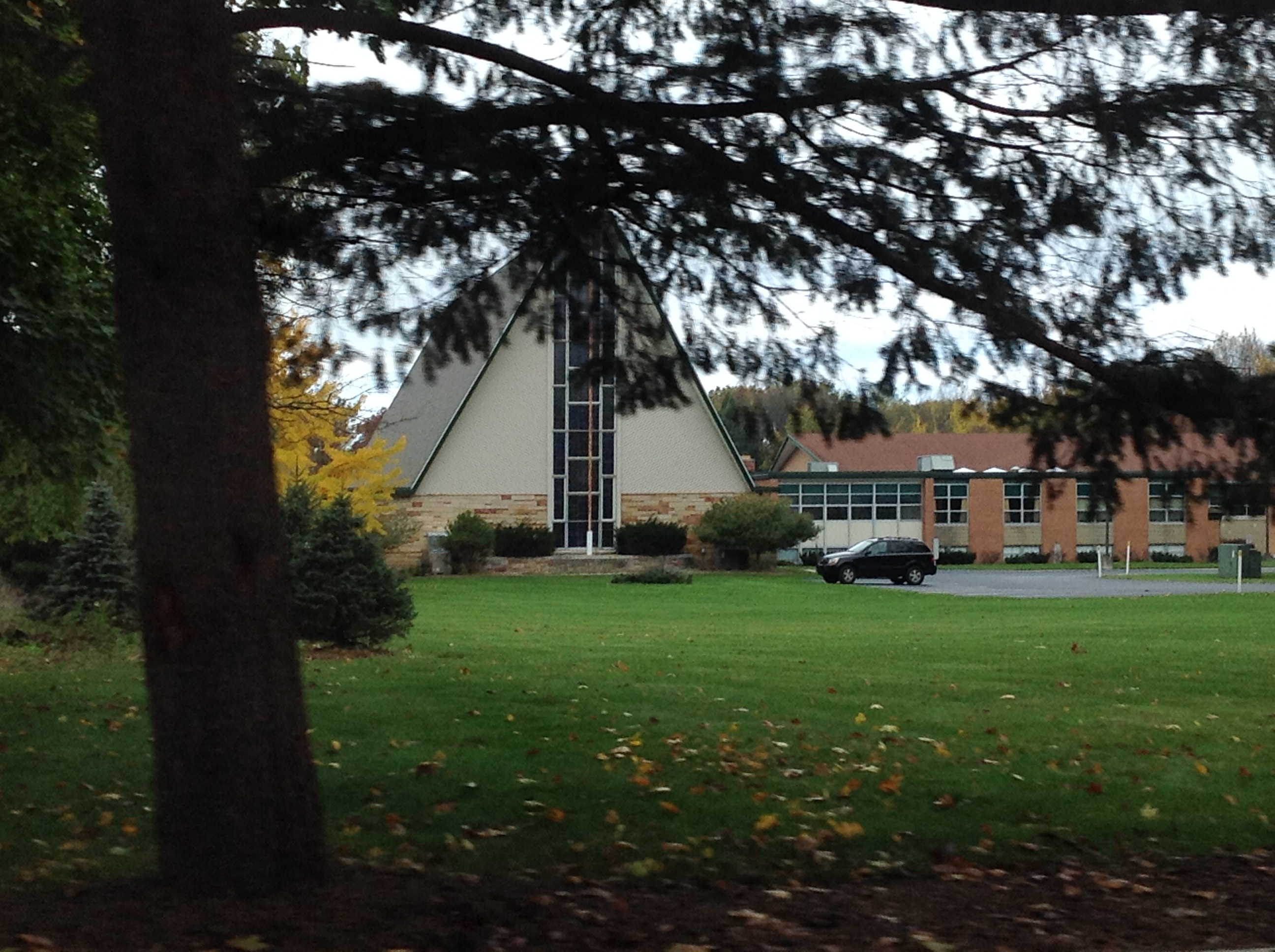“Alice: How long is forever? White Rabbit: Sometimes, just one second.” -Lewis Carroll, Alice in Wonderland
Two headlights in my left periphery. No time to react. An almost instantaneous blow, vehicle against vehicle. And then it all goes black.
Or does it? I don’t remember. Time passes, I think.
Is that someone screaming? She’s screaming at me. I raise my head and look over at her. I think she asks me if I’m okay. I can’t answer. I don’t know.
What I do know is that my front tooth has been knocked out. Cool air fills the gap that once held what I can now feel lying on my tongue. It seems much smaller than a front tooth should be.
Who is beside me, talking through the window?
“Ma'am, can you hear me?” someone asks. “Are you okay?
I lift my head to answer him.
I don’t know, I want to say, but nothing comes out. I don’t know if I’m okay, and my mouth won’t form words. My brain won’t let my voice respond. Why can’t I talk?
“Ma’am?”
I don’t know what’s happening, but I know there’s been an accident this warm July evening. I was driving. And my front tooth is gone.
Jagged pieces of something white are coming out of my leg. Or is it my foot? My seat is twisted back, but I can still see. Bones coming through skin. Blood. Oh my God.
And then I remember the girls. I had three members of the high school dance team I coach in the car with me.
Oh, God. Are they okay?
“Who is this?” the voice outside the car asks.
I hear Lauren answer. She is sitting behind me. She sounds frantic. “That’s Aimee Young, she’s a teacher at Loudonville High School,” she screams. “She’s had a heart attack before!”
I’m relieved—thank God Lauren told him. Just five months ago, I had survived a heart attack caused by stress and high blood pressure, certainly a cause for concern right now.
Where is Emma? She was right beside me in the front passenger seat, but she isn’t now. And what about Sydney? She was sitting behind Emma. Did she get out okay? I can see the silhouettes of two people. One is beside me, the other behind him. They are trying to free me from the wreckage. Two arms reach inside my window to pull me out. I try to move my body to help, twisting my left shoulder toward the open window and whoever is trying to get me out. I’m looking at the crooked rearview mirror when I hear a voice.
“Stop moving or you are going to die.”
I don’t know who said it, but I stop moving. I understand. This is bad. Really bad.
I’m lifted out of the wreckage and put on some kind of board. I see a large, white sheet draped over the back window where Lauren had been sitting. Is she out of the car? Are they going to get her?
Flat on my back. The night sky. A zillion stars. A head moves over my face like a shadow. Kenny, my ex-husband. What’s he doing here? How did he know?
“Aimee, you’ll be okay,” he says. “I love you.”
We’ve known each other since the age of 17, but our divorce has been final a month. His voice is familiar and comforting, but I can’t answer him. I still can’t speak. If he’s saying I’ll be okay, I must look okay. Does he see that my front tooth is missing? And just as suddenly as he appeared, he’s gone.
I’m being wheeled somewhere, but I don’t even know where I am. I think I’m inside—a hallway?—it must be a hospital. Everything is happening so quickly. Someone leans in and tells me she loves me. I think it’s my daughter Natalie. She was in another car—behind us? Did she see it happen? I think she’s crying.
I’m being moved again, through doors—outside? There’s a helicopter. I never heard it or saw it coming, and it’s on the ground already, waiting—for me? It’s so loud. I think the back is open. That’s where they’re taking me? They push me in, still lying flat, and I have the immediate sensation that we’re lifting off. But wait—is the back still open? What if I fall out? And then everything goes black. I can’t remember anything else from that night.
The flashback, once a sharp and terrifying endless loop, has faded to a watery, fuzzy memory, framed by what looks like a story problem from high school physics:
A red Mini Cooper travels west at an unknown high rate of speed. A gray Saturn Aura moving south at 55 miles per hour is broadsided by the car when it runs a stop sign. Momentum propels both cars off the road and into a small field. Solve for the force of impact.
A cross has stood in that field for three years.
Three years since he smashed into me and the girls in my car that summer night. We were on our way home from dance camp. The girls escaped the wreck with minor injuries. I barely survived. The other driver?
“So, Aim, do you know why you’re here?” my brother Brian asked, sitting down in the drab orange vinyl chair beside my hospital bed after I’d been in the hospital for a week.
On the wall behind him, a square whiteboard announced the names of my assigned doctor and nurse in neat, loopy handwriting.
“Of course I do.” It came out as a snicker laced with sarcasm. I thought he was being my stupid brother, teasing me. I searched his face for a trace of a smile, but there wasn’t one. The truth is, I thought he was joking around. I had all these injuries, couldn't move, and there he was asking if I knew why I was in the hospital.
“Then tell me why,” he said. He was serious.
“I was in a car accident...” I heard my voice rise a little, like I was asking a question.
My left arm hung in a thin, blue sling at my side, the other comfortably resting with an IV. An oxygen tube was up my nose, while what seemed like a hundred other tubes were either going into or coming out of my body at various angles. I felt statue-like and confined…and so weak.
“Has anyone told you anything else?” Brian asked. He ducked his head and leaned in, looking at me intently.
“No, no one has told me anything. Why?” I asked, starting to get a little confused. What else was there to know?
“The driver of the other car was a 19-year-old kid. He died, Aimee.”
Oh my God. I looked out the hospital room’s window to my right at the highway traffic. Time seemed to stop, just like it had that night. Yet somehow, those distant cars, now blurry and out of focus, still crawled toward a watery Cleveland skyline.
Brian handed me a tissue. He explained that upon impact, the young man had been ejected through his car’s open sunroof and onto the road.
“Do I know him? Did I have him in school?” I whispered, my chin quivering. I had been teaching for 18 years at the same small school; it was a distinct possibility.
“I don’t think so,” Brian answered. “He’s not from Loudonville.”
And then he said his name. He was a real person. Saliva gathered in my mouth like I might throw up. Like I knew him, even though I didn’t. “No, I don’t know him,” I said shaking my head.
I swallowed and glanced down at the heavy plaster cast encasing my left leg from the knee down then. My toe nails, a glossy orange-pink, peeked out above the edge. I had polished them the day before dance camp started, but now their perfection just looked ridiculous in this sterile, bluish environment.
Someone had died in the same accident I was in. Someone young who had parents. Maybe a brother or sister or both. A family. Maybe even a dog.
And he was dead.
Fifteen minutes from home. We were almost home.
The cross was first pushed into the earth less than two weeks after the accident. My mom, who drove past the site twice daily on her way to and from Cleveland Metro Hospital to visit me, was infuriated by it. She thought it was made of Bud Light boxes. Though I had been past the site since then, I had never stopped. I never wanted to be in that space long enough to think.
Until now.
I had been writing about the accident as a cathartic form of therapy, and something kept telling me to visit the scene. I arrived alone this mid-summer afternoon hoping for something—anything—to provide closure. I needed closure. Armed with notebook and pen, I was ready to record my anticipated epiphany. I expected to cry, feel relief, be cleansed. The trauma would finally make sense.
As I approached the intersection from the county road and pulled up to the stop sign, there were road construction signs: “State Route Closed,” “Detour.” I parked across from the site. I had no intention of leaving my vehicle. It was a busy road, and from what I understood, the other driver’s home was nearby. I didn’t want to be noticed. Instead, I would just be here, feel here.
Beyond the intersection, a cross made of two perpendicular skateboards—not beer boxes—jutted crookedly out of a grassy slope. The ground climbing from the ditch to the tilted cross was still scarred. Dry brown gashes in the earth, like my three-year-old wounds, littered the rise where energy from an inelastic collision was absorbed. The scars, evidence of an outside force. Inertia disrupted.
Why did he run the stop sign? How fast was his car moving?
The highway patrolman who visited me four months after the accident didn’t know. He came to share the toxicology report. He came to inform me of my rights as a “victim of a crime.” He came to bring me “some peace of mind.” It didn’t work. Instead, I researched benzodiazepine and marijuana, the psychoactive drug combination the other driver, just 19-years-old, had in his system that night. Benzodiazepine, an anti-anxiety medication, can induce everything from euphoria to a hypnotic state, just like the recreational drug marijuana. Together, the two would have produced an amplified high, as well as an amplified tranquilizer effect. He might have been so high he didn’t know what he was doing. He could have been asleep at the wheel.
But none of that matters. The outcome is the same. One family lost its son. Three children almost lost their mother. Three other families could have lost their daughters. I couldn’t protect them from him.
As I sat staring at the cross, I could almost picture my car, having just landed, airbags deployed, windshield shattered, driver’s side crushed. I imagined what onlookers might have witnessed that July evening. A car shooting from the darkness and crashing into another. Impact in the intersection. Crunching metal, shattering glass. A body catapulted through the sunroof and against the unforgiving road. Momentum shoving the cars over a ditch and less than twenty feet apart. My smoking engine, four trapped inside mangled metal.
Medical personnel told one of the girls in the car that impact would have left us all unconscious for approximately five to seven minutes. More than 400 seconds.
Emma, beside me in the front passenger seat, remembered that people on the scene, worried there might be an explosion, tried all four doors of the car to retrieve us, but only hers would open. She was removed from the car, carried to the side of the road, and set down near the other driver. Lifeless. A pool of blood around him. She watched them perform CPR.
The driver’s side of my car had taken the brunt of impact: Lauren and I had to be extracted by the Jaws of Life.
Kenny was there. He told me he loved me. He told me I’d be okay.
I wasn’t.
I had sustained massive internal trauma, so I was life-flighted to Cleveland Metro Trauma Center. Upon arrival, doctors resuscitated me; I had lost too much blood. I remained in the hospital for a month, recovering from more than sixteen fractures and four surgeries. From there, I missed the first semester of teaching to fully mend at home.
Lauren was also life-flighted to a trauma center in the area, due to potential internal bleeding. Thankfully, she checked out okay, but shattered glass had lacerated her forehead and eye, so she received several stitches. Emma was taken by ambulance to a nearby hospital; she sustained abrasions and a broken nose. And Sydney, who sat behind Emma, was also taken to the hospital for observation, but had no injuries.
I have asked the girls to recount their stories so many times they have become a part of my own.
My daughter Natalie and another teammate had left the dance camp a few minutes after us. By the time they approached the scene, the road was already blocked by accident personnel.
“You can’t go this way,” a man told her. “There’s been an accident. It’s bad.”
Meanwhile, my cell phone, lost somewhere in the wreckage, must have been ringing. She wanted to warn me of the accident, the closed road. When I didn’t answer, she called the other girls in the car, but they didn’t respond, either.
Fifteen minutes later, as she turned into the driveway of her father’s house, alarm set in.
Natalie jumped from the car screaming, “I think Mom’s been in a bad accident!” Kenny ushered the girls into his own vehicle and raced to the chaotic scene flooded with light, engulfed in disembodied voices, and swarming with firemen, ambulances, and highway patrol.
But it is quiet here today. Bright sunshine, a gentle breeze, midsummer warmth. The perfect setting for something—anything—to offer understanding. Or forgiveness. Maybe even redemption. I am alive, but another mother’s son never went home.
I wait.
Nothing happens. I don’t even cry. I slide the pen back in my purse, toss the notebook to the front passenger seat, and head home. If only the intersection had been closed that night. If only we had taken another way home. If only he had been sober. If only he had stopped at the intersection’s sign. Then we would not have had our paths crossed. T-boned. Crushed. And he might not have died.
Four lives changed forever, another life lost. A cross marks the spot.
Like a story problem from high school physics, except this one is real, and it’s mine.
The force of two cars, colliding at 55 mph. The punching blow of one car hitting another, impulse of impact rippling through both. Velocity, momentum, and energy absorbed from one car into the other, from both cars into the ground.
A lost pulse, spattered blood, splintered bones. Solve the equation to determine the force of impact.
According to the laws of physics, it takes less than a second for two objects, set in motion by impact, to come to a complete stop.
Less than a second. Less than a second to see headlights, feel impact. Less than a second for a life to end.
Less than a second to alter the trajectory of a life.
One thousand one...
Aimee Ross is a nationally award-winning educator who’s been teaching high school English for the past twenty-three years. She recently completed her MFA in Creative Nonfiction at Ashland University in Ohio, and she has been published in Scars: An Anthology (Et Alia Press, 2015); Today I Made a Difference: A Collection of Inspirational Stories from America’s Top Educators (Adams Media, 2009); and Teaching Tolerance magazine.
